The Cold Email Masterclass
Lesson 2
Writing Subject Lines, Opening Lines, and Body Copy
In Lesson #1, I mentioned that one of the things people get wrong with cold email is that they don’t capture attention quickly enough.
Your subject and opening lines are where you make this happen.
Subject Lines
As you probably already know, your subject line is the “title” of your message. It’s what’s visible in your recipients’ inbox when you message them.
What you might not know is that:
 |
33% of email recipients open email based on subject line alone. (Hubspot) |
|
 |
69% of email recipients report email as spam based solely on the subject line. (Hubspot) |
Basically, it’s in your best interests to get your subject line right. How do you do it? Keep the following seven best practices in mind:
Tip #1: Go Short
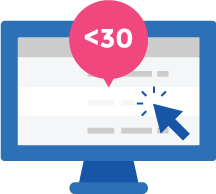
One variable you can play with as you write your subject lines is length. According to Hubspot, subject lines with 30 or fewer characters have an above average open rate.
You won’t know for sure if this statistic applies to your unique audience until you test it. Include a few short subject lines in your future tests to see if it holds true.
Tip #2: Get Personal
Hubspot reports that personalized subject lines are 22.2% more likely to be opened.
If your mailing service supports it, test different personalization options in your cold sales emails:
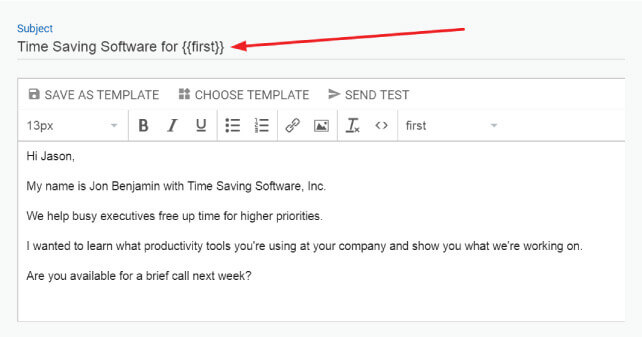
Tip #3: Use urgency and exclusivity

In the case of cold emails, subject lines that create a sense of urgency and exclusivity can result in a 22% higher open rate – that is, if you use them right.
- Don’t fake it. If your “exclusive” offer is clearly open to everyone, or your “urgent” offer can be claimed at any time, you’ll lose credibility as a sender.
- Don’t over-do it. Even if your urgency and exclusivity are legit, stressing them in every message you send diminishes their value.
Tip #4: Be specific and useful
This one’s just common sense. Do you open messages that don’t seem like they’ll meet your needs? Do you care about an email if it’s clear you’ll gain little from opening it?
- Does my subject line convey a specific benefit?
- Is it clear why this message will be useful to the recipient?
- Would I open this message if it was sent to me?
Here’s a great example from Lauren Lopuch that illustrates the point:

The subject line is specific: it’s focused on RuffArmor’s search performance. It also implies the usefulness of achieving first page rankings.
Given this winning combination, it’s no surprise that Lopuch was able to use cold email to grow her freelance copywriting business by 1,400% in four months.
Tip #5: Don’t oversell
Don’t compromise your credibility for quick email gains. If you over-promise (or worse, make entirely false promises), you won’t just lose potential responses. You’ll lose the likelihood of ever doing business with the recipient in the future.
Take the following example from Salesfolk:

According to the company, the template above scored:
- A 57% open rate
- A 21% response rate
- 16 new customers
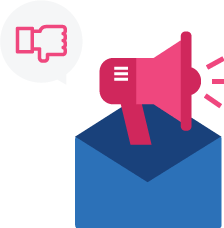
With results like that, it’d be easy to think that building a similar subject line and template into your cold email campaign will drive the same results.
But what if you can’t actually deliver on your promise to 10x your prospect’s results in 10 minutes? It’s a bold claim – and it’s the kind of statement you should only make if you’re confident you can achieve it.
Keep the advice of True Film Production’s Stanley Meytin, shared in a Business2Community article, in mind:
“Nobody wants to be sold something right away in a cold email — a lot of spammers tend to do this and you don’t want to be associated with them. Try to introduce yourself and do a soft pitch, focusing more on the prospective than yourself.”
Tip #6: Don’t Fool Recipients
For similar reasons, skip the the fake “RE:” or “FW:” subject lines. They might get you an open, but they won’t get you a click once people realize they’ve been fooled.
Tip #7: Use Upworthy’s 25 headline process
Upworthy is well-known for its “25 headline” process. To create the click-worthy titles the company became famous for, team members were required to come up with 25 possible headlines for each article.
It might sound excessive, but in doing so, they weeded out weak ideas and allowed great ones to surface.
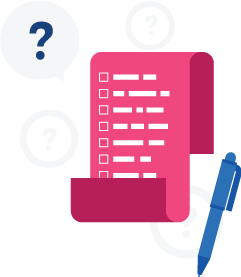
You can do the same with your email subject lines.
As you’re first learning to write cold sales emails, think up 25 possible subject lines for each message. Experiment with different types. Include personalization elements. Try subject lines featuring questions. Go positive, negative and neutral.
Once you’ve written all 25, choose the two you think will perform best to test (more on testing coming up in Lesson #7).
Even if it isn’t realistic to do this every time, practice by writing at least 5-10 possible subject lines for each cold email. Over time – and as you watch the performance of past subject lines – you’ll get faster at figuring out which alternative will work best.
Opening Lines
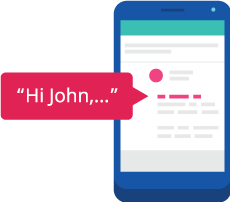
Optimizing your cold email subject lines for better performance isn’t exactly a secret. Even if you aren’t already doing it, you likely know you need to.
But where most people drop the ball after fixing up their subject lines is with their opening lines (aka, the first sentence of their messages).
Your opening line is the first line of your cold email, and according to Colin Nederkoorn of Customer.io, it’s one of the two most important parts of your message:
“The two most important lines in your email are the subject line and the first line of the email. Like peanut butter and jelly, your subject line and first line belong together. And if you pair them well they can work wonders for your open rates.”
A good opening line naturally engages people and keeps them reading through to your CTA. To learn how to write one, let’s look at what not to do first…
The following is an example of a bad cold email opening line, shared by Interseller’s Jonathan Grana (image source: Interseller):

Let’s look at what’s wrong here:
Mistake #1: The focus is on the sender
In this example, John has no reason to care who Amy is or what company she represents. As a result, Amy has wasted a chance to catch John’s attention with something more compelling.
Mistake #2: The opening line isn’t clear
The best opening lines get to the point – and they get there quickly.
In the example above, we’re already two sentences in, and it isn’t clear why Amy’s reaching out or what the value she’s offering is.
What awards has SEO123 won? What reputed clients have they worked with? More specific examples would have made her introduction clearer.
Here’s a better way to open the message (image source: Interseller):

Much better. With the mistakes above fixed and its new focus on John’s pain point, Amy’s message hits home and creates immediate interest in her company’s services.
Email Body Copy
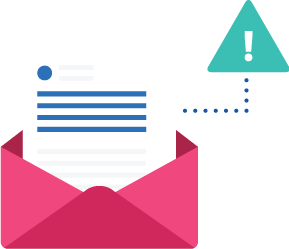
The final component of a cold email is your body copy; basically, the main text of the email.
Just because your subject line and opening line are two of the most important parts of a cold email doesn’t mean you get to slack off here. Great subject and opening lines will get you opens. Body text that delivers on the promises they’ve made gets you wins.
Here’s how to create body copy that gets results:
Tip #1: Write Like a Human
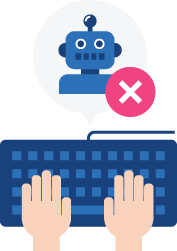
Don’t try to write like a perfect sales robot. Be genuine. Try to make a real connection by writing like a human being.
If you aren’t sure where or how to get started, use the templates above in Lesson #1. But don’t copy them word for word. Use the principles underlying each structure, but translate them into your own language to create a message that’s uniquely yours.
Tip #2: Personalize Your Body Copy
Personalization isn’t just for your subject or opening lines.
Sending mass emails because it’s easier for you is a recipe for low response rates. That’s because, according to data gathered by the Harvard Business Review, people are far more motivated to help others when they feel uniquely qualified to do so.
Skip language like, “Are you the decisionmaker?” Instead, use personalization to incorporate everything from unique CTAs, to pain points, to benefits descriptions and more.
Tip #3: Get to the Point
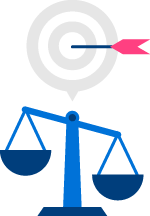
Don’t waste people’s time. Share only the information that’s necessary. Leave recipients anxious to email you to find out more.
Another great rule of thumb comes from Joanna Wiebe: only send emails when there is more value for the recipient than you.
If you can’t confidently clear that hurdle, wait to email until you can.
Email Writing Tools
You don’t have to go it alone when it comes to improving your cold email writing skills. There are plenty of tools I recommend that’ll shortcut your learning curve and rapidly improve your campaign performance:

- A/B testing – Again, more to come on email testing later. For now, check and see if your email provider offers an internal A/B testing tool. Don’t worry if it doesn’t. There are manual processes you can use instead.
- Headline Analyzer by Coschedule – Before you send a cold email, run your subject line through CoSchedule’s free tool for guidance on making it even more effective.
- AppSumo’s Kickass Headline Generator (as well as its list of 51 Headline Formulas to Skyrocket Conversions (And Where to Use Them))
- Upworthy’s 25 headline process template – Upworthy’s Slideshare presentation that describes its headline creation process has great ideas for getting started.
- Headline Hacks – SmartBlogger’s free Headline Hacks report is intended for blog post creation, but offers great tips on writing compelling headlines that can be applied to email as well.